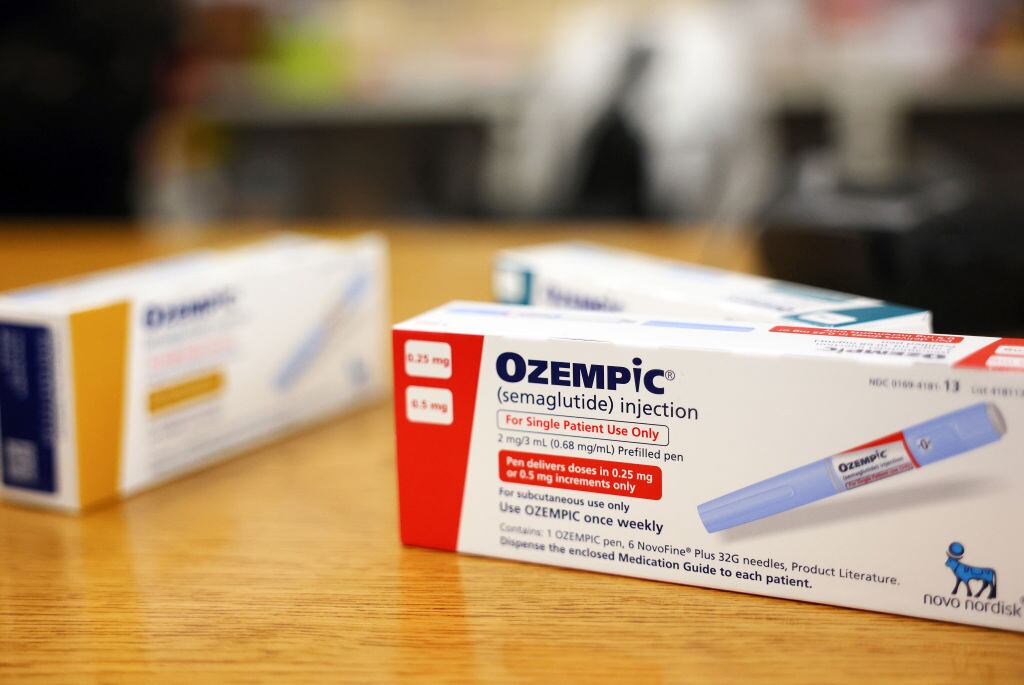More than three years have passed since news emerged that the Army inadvertently shipped 575 samples of live Bacillus anthracis — the bacteria that causes anthrax — to nearly 200 labs and contractors across the globe between 2004 and 2015.
And while a government watchdog group found the both the Army and the Pentagon made progress in shoring up shoddy oversight of biological agents and toxins programs, more work must be done.
Because the Army is the lead Defense Department tasked with leading the agency’s germ efforts, the Government Accountability Office report targeted its progress.
GAO found that the Defense Department has taken about half of the actions called for in a 2015 Army investigation into the shipments.
But of the 35 recommendations, 17 remain incomplete and underway, GAO found.
The Army’s report into the anthrax flub “determined that there was insufficient evidence to establish a single point of failure” for all that anthrax bacteria shipped from the Dugway Proving Ground in Utah. It houses the military’s lone “Whole System Live Agent Test Chamber,” which is primarily used for biological agent aerosol testing.
Although the shipments were “a serious breach of regulations and raised biosecurity concerns, it did not pose a public health risk,” the GAO report states.
At the same time, that Army report cited “scientific and institutional issues” at Dugway and found that senior management there had contributed to “a culture of complacency, resulting in laboratory personnel not always following rules, regulations and procedures,” according to GAO.
As part of the Army’s investigation, the Pentagon established a Biological Select Agents and Toxins program office to help oversee reforms but “DOD has not developed a strategy and implementation plan for managing the program,” investigators wrote.
“Without a strategy an implementation plan, Dugway Proving Ground, Utah and DOD’s laboratory facilities that currently produce and handle (biological agents and toxins) may be unclear about DOD’s strategy to harmonize…operations to ensure safety, security, and standardization of procedures,” the report states.
GAO also found that the Army has failed to fully establish measures to keep biological testing and evaluation missions independent from the biological research and development efforts.
The Fiscal 2017 defense bill called for the DOD to report back to lawmakers by February 2017 regarding the feasibility of other reforms, including consolidating all the bio work under a unified command, partnering with the private industry to produce the germs and determining whether such jobs should be transferred out of the Army’s hands altogether and to “another government or commercial laboratory.”
“DOD has not completed this required study and evaluation,” the GAO report states. “DOD officials have no estimated time frames for when DOD will complete the study and evaluation. Without times frames for completing the study and evaluation, DOD is unable to provide decision makers with key information on its infrastructure requirements.”
Dugway officials thought they were sending inactivated anthrax bacteria samples that were still useful for research, according to the GAO.
The DOD concurred with GAO’s recommendations that it figure out how to assess the effectiveness of reform prescriptions and develop a strategy and implementation plan for its Biological Select Agents and Toxins office’s Biosafety and Biosecurity program.
It also agreed with GAO’s recommendations regarding keeping parts of the programs separate from each other and meeting deadlines to complete a study on these issues.
Geoff is the managing editor of Military Times, but he still loves writing stories. He covered Iraq and Afghanistan extensively and was a reporter at the Chicago Tribune. He welcomes any and all kinds of tips at geoffz@militarytimes.com.





